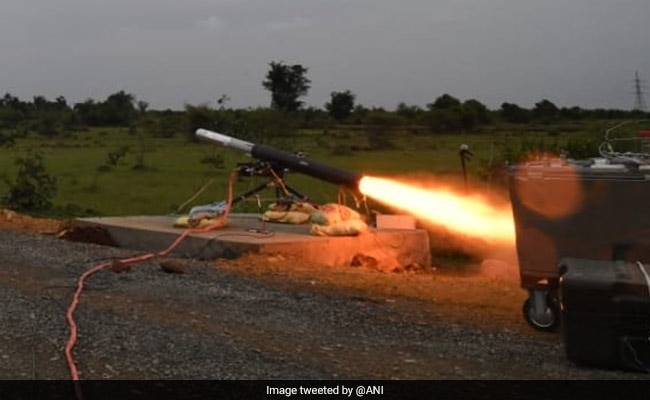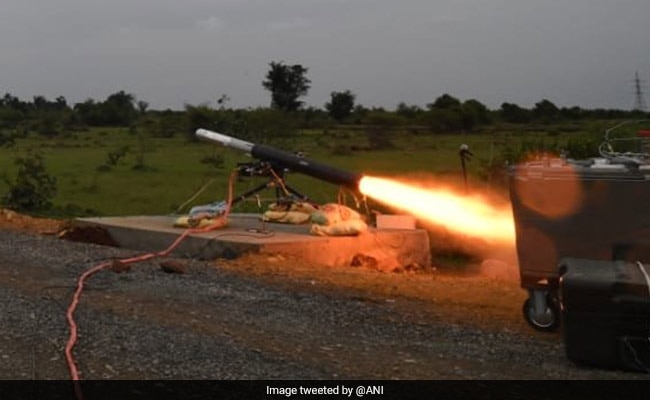Fresh NOTAM for missle test.
Could be XRSAM/HSTDV/SRBM
Could be XRSAM/HSTDV/SRBM
 defencehub.live
defencehub.live
Very impressive development imo
View attachment 24493
Left is agni-5(which had the most advanced RV till now)
Right is agni 1 prime(now it had snatched that title from agni-5)
From the pic it looks like agni 1p has MARV(maneuverable reentry vehicle)
We've had MaRV since Agni-2 in the 90s.
There's two ways to maneuver the re-entry vehicle.
a) use of control fins (older method, used on Agni-2 and still used on most Pakistani BMs)
b) use of Divert & Attitude Control System (DACS) thrusters (newer method, used on Indian BMs from Agni-3 onwards)
What I think is happening in the Agni-1P is that we're using a combination of DACS & Control fins to achieve a degree of terminal maneuverability that no previous BM could do. This might very well place Agni-1P in the same league as the DF-21D ASBM in terms of RV maneuverability.
Another apparent improvement is that thanks to a combination of factors including electronics, fuel & booster efficiency etc. we've managed to seriously reduce the size and weight of our BMs. Now we can build a 2,000-km MRBM that's only about half as big as how that class of missile used to be 20 years ago.
View attachment 24921

There is nothing at all to suggest Dhanush is capable of, or ever intended, to target ships. Or land for that matter if speaking of intention.
SRBMs of this type are effective against air bases, ports & major infrastructure only when launched in salvos of AT LEAST 5-10 missiles, taking into account that some of them will inevitably fail to reach the target. No way 1-2 missiles with conventional payloads launched from ships can have any substantial effect. To strike at moving targets like ships you need two things:
a) highly maneuverable RV
b) a short flight time i.e. high velocity boost stage
The Prithvi (and by extension Dhanush) has neither. The Prithvi RV was designed in the 80s and changed little since then (other than in terms of various explosive payloads developed for it), and that means it preceded the first Indian MaRV (Agni-2 in 90s). Secondly, the fact that it uses a liquid-fueled booster means it simply cannot achieve the kind of ascent & boost-glide velocities that solid-fueled missiles can attain within the same amount of time.
The way I see it, the Dhanush had simply one purpose. To serve as a target missile for BMD tests by launching from the deep sea (beyond the distance where one could reasonably drag a pontoon) and allowing AAD/PAD ABMs to intercept over the ocean, alleviating the risk of debris falling on land (and also allowing ABMs to function as they would against enemy BMs launched over the same distance as they would in war time).
(500 crore INR is about 70 mil USD)
Fresh NOTAM for missle test.
Could be XRSAM/HSTDV/SRBM
The test configuration is from ground to air and brahmos isn't fired from Abdul kalam island380km. Could be Air Launched BrahMos again?
The test configuration is from ground to air and brahmos isn't fired from Abdul kalam island
Also path doesn't resembles that of brahmos.


